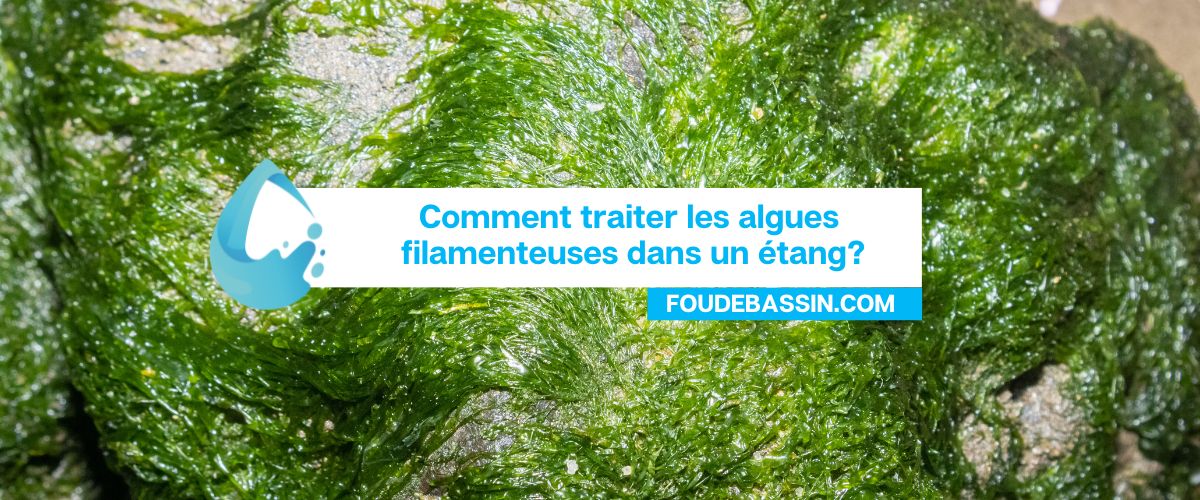Retrouvez ici les indispensables et meilleures ventes pour nos propriétaires de bassin.
Retrouvez ici les indispensables et meilleures ventes pour nos propriétaires de bassin.

String algae are a common challenge for pond owners, but with proper management strategies and the use of natural treatments, it is possible to maintain a healthy ecological balance.
A crucial aspect that is often overlooked in the fight against algae is regular monitoring of water quality. Parameters such as pH, general hardness (GH), carbonate hardness (KH), and nitrite (NO2) levels play a significant role in pond health and algae growth. Here’s why it’s essential to check them regularly.
Aquipond Greenstab is particularly effective when used in a pond where water quality is regularly monitored and adjusted as needed. By treating filamentous algae while maintaining a balanced aquatic environment, you create conditions that are unfavourable for their reappearance.
Controlling string algae in a pond requires a holistic approach, focusing not only on treating symptoms but also on prevention. By integrating Aquipond Greenstab into an overall water quality management strategy, you can not only effectively treat existing algae but also create a healthier environment that is more resilient to future infestations. The key to success is regular monitoring and adjustment of critical water parameters, ensuring the long-term health and clarity of your pond.
Aquipond Greenstab - Natural treatment against pond algae It is a natural product that helps limit algae at any time. It also has a prevent...
View full detailsReduces the layer of silt in the pond by at least 40% Easy to use with less impact on biodiversity Prevents fermentation, bad odors. pH ...
View full detailsOrganic dye to block plant growth by limiting photosynthesis ORGANIC PRODUCT NON TOXIC TO HUMANS (DIVING) AND FISH. 100% NATURAL AND BIODE...
View full detailsThe positive effects of barley straw have been known to water enthusiasts for a long time. But currently barley straw is difficult to find and i...
View full detailsReduces at least 40% of the layer of silt in the pond Easy to use with less impact on biodiversity Prevents fermentation, bad odors. ...
View full details
Leave a comment